BMW began as an aircraft engine builder before World War I, but converted to car and motorcycle manufacture afterwards. First they built engines for other manufacturers, then they copied an English Douglas opposed twin and finally introduced the R32 in 1923. The latter was engineered in house and provided the basis for the following boxer twins. The original concept has been continually improved until the present day. The /2 series was introduced in 1960 and featured bikes of different displacements until discontinued in 1969. That year also saw the end of the use of the Earles fork, a design that caused the front of the bike to rise under braking, unlike the more common telescopic forks used by most other manufacturers that dove when the brakes were applied. Near the end of the /2 run, BMW began the manufacture of telescopic forks. This example is an R50/2 from 1967, midway through the /2 series production run. It is finished in the traditional BMW black with white pin striping. It has all the idiosyncratic features that abound on BMWs – a solo seat, the key that inserts into the headlight, the sidewinder kick starter and the Earles fork. This machine has been the subject of a full restoration by BMW specialist Jim Stafford. This R50/2 will provide an owner with years of low maintenance riding and /2s are the most collectible of post-war BMWs.
BMW began as an aircraft engine builder before World War I, but converted to car and motorcycle manufacture afterwards. First they built engines for other manufacturers, then they copied an English Douglas opposed twin and finally introduced the R32 in 1923. The latter was engineered in house and provided the basis for the following boxer twins. The original concept has been continually improved until the present day. The /2 series was introduced in 1960 and featured bikes of different displacements until discontinued in 1969. That year also saw the end of the use of the Earles fork, a design that caused the front of the bike to rise under braking, unlike the more common telescopic forks used by most other manufacturers that dove when the brakes were applied. Near the end of the /2 run, BMW began the manufacture of telescopic forks. This example is an R50/2 from 1967, midway through the /2 series production run. It is finished in the traditional BMW black with white pin striping. It has all the idiosyncratic features that abound on BMWs – a solo seat, the key that inserts into the headlight, the sidewinder kick starter and the Earles fork. This machine has been the subject of a full restoration by BMW specialist Jim Stafford. This R50/2 will provide an owner with years of low maintenance riding and /2s are the most collectible of post-war BMWs.
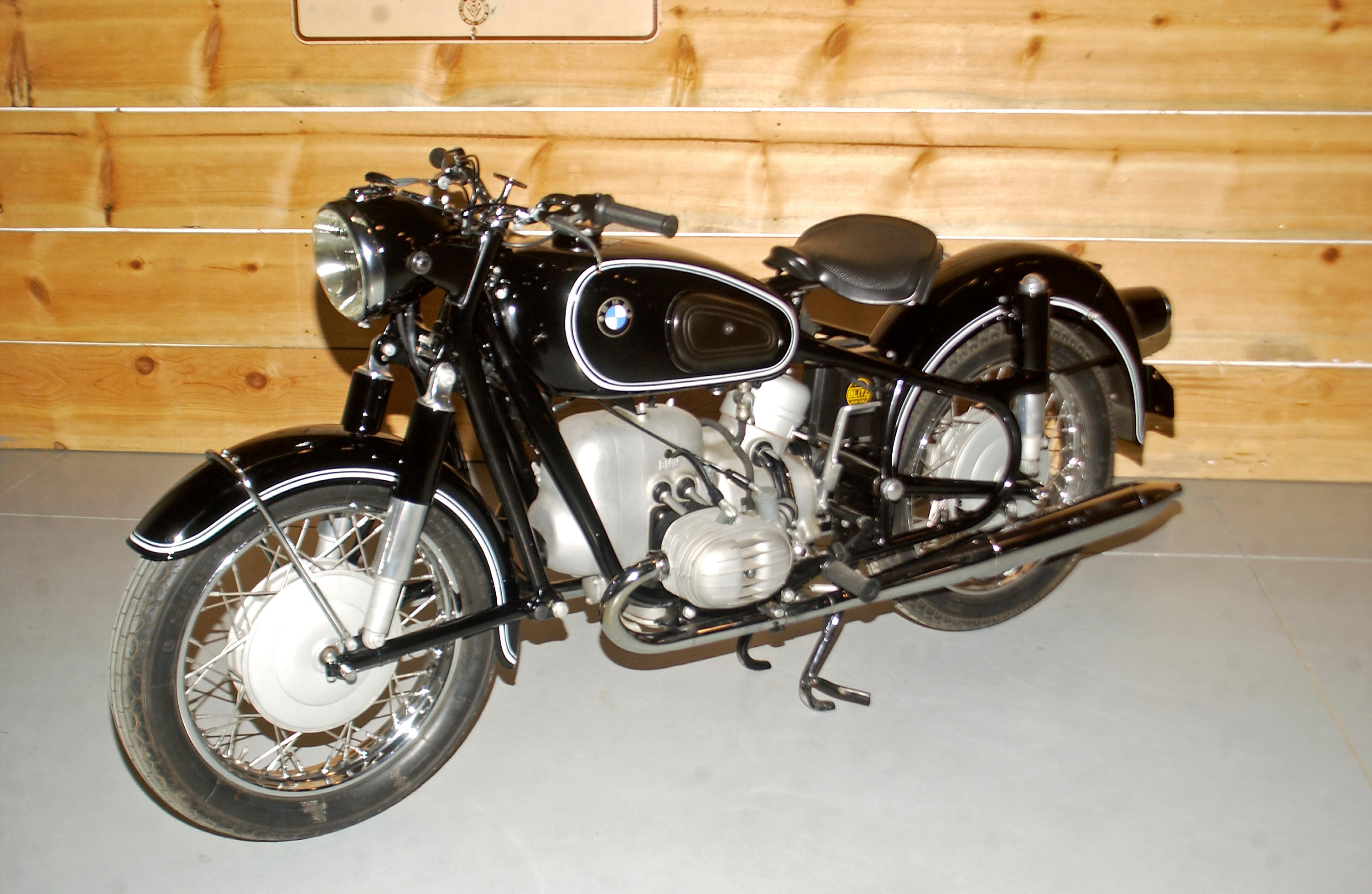
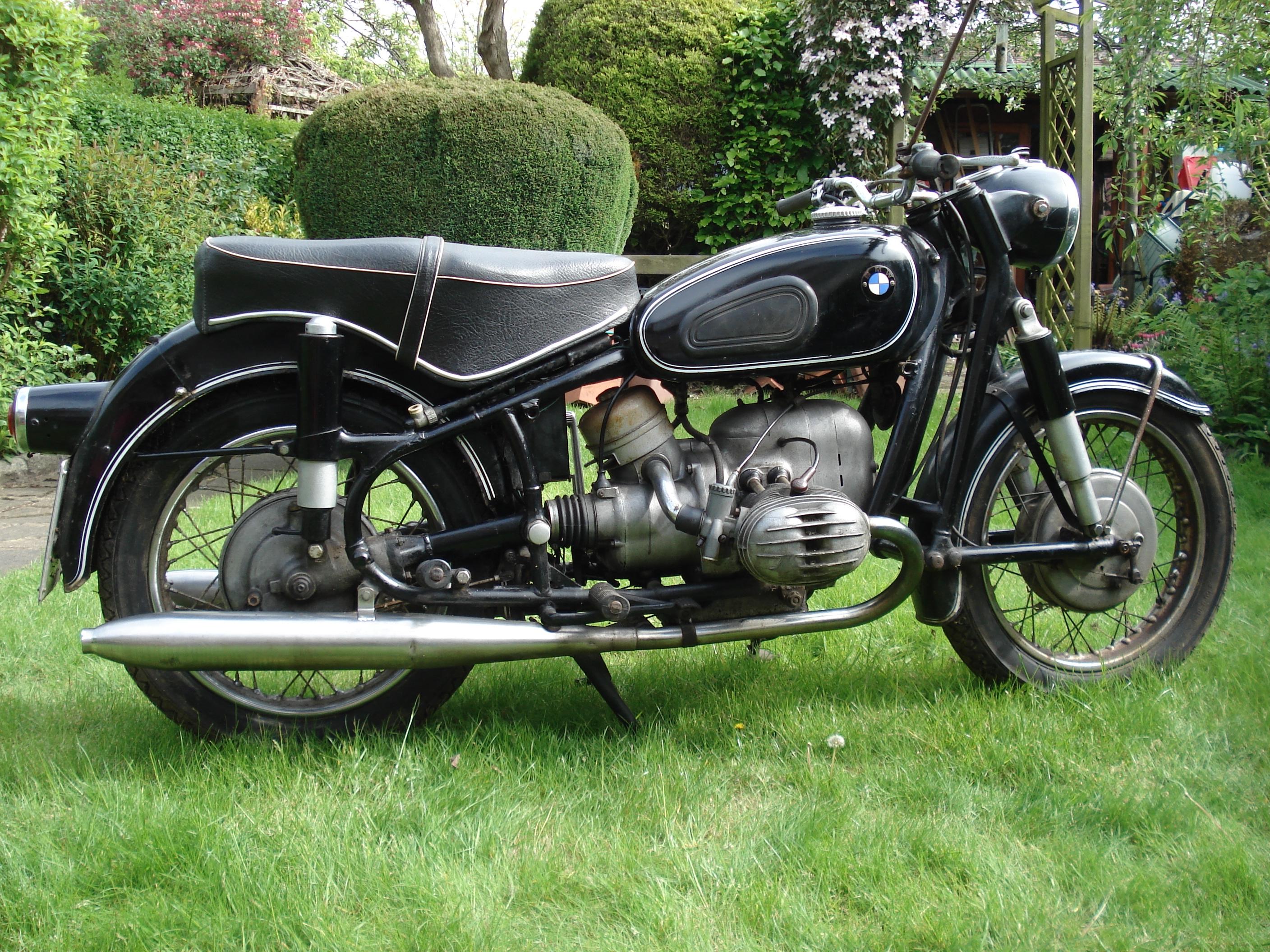
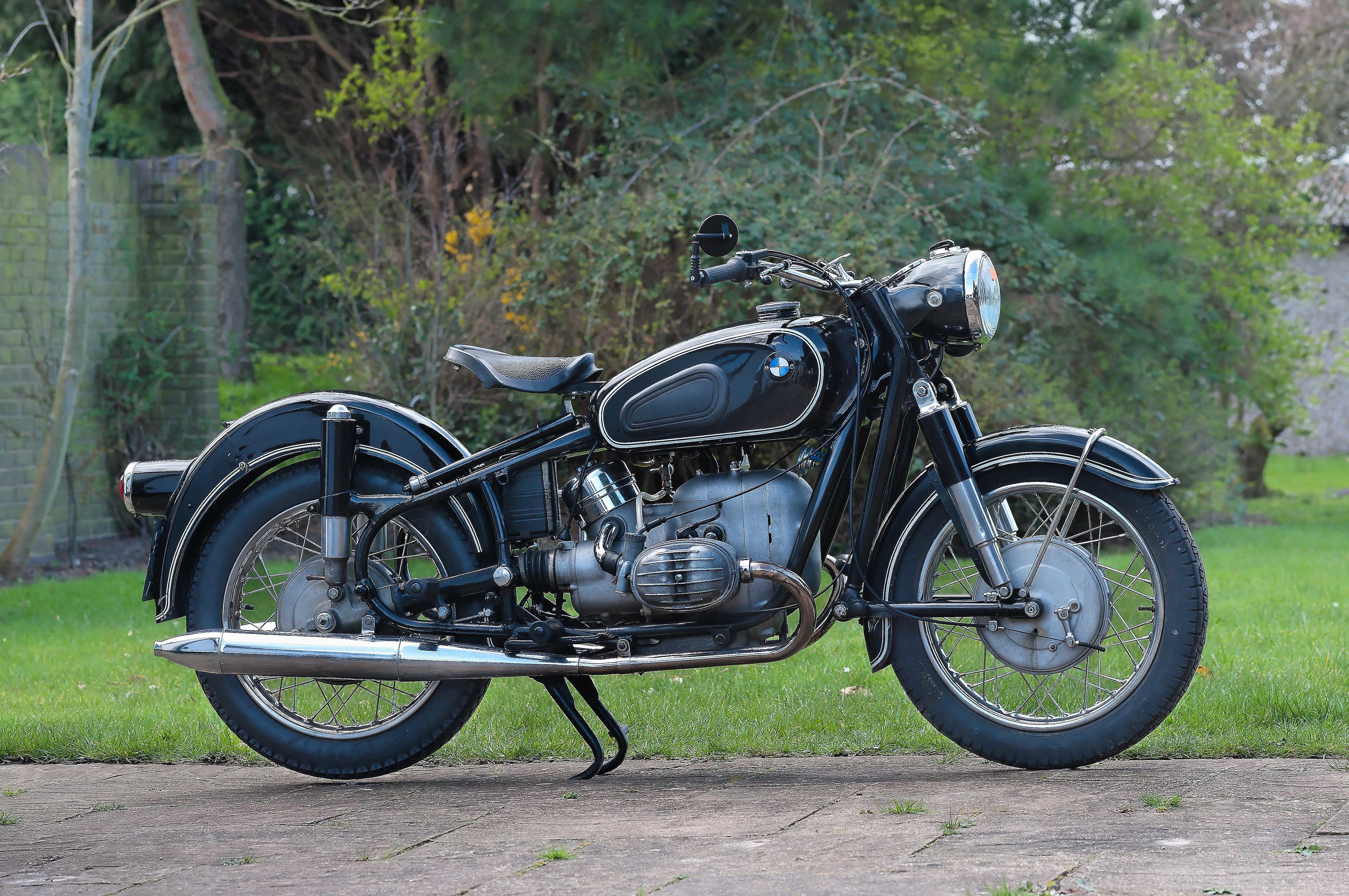
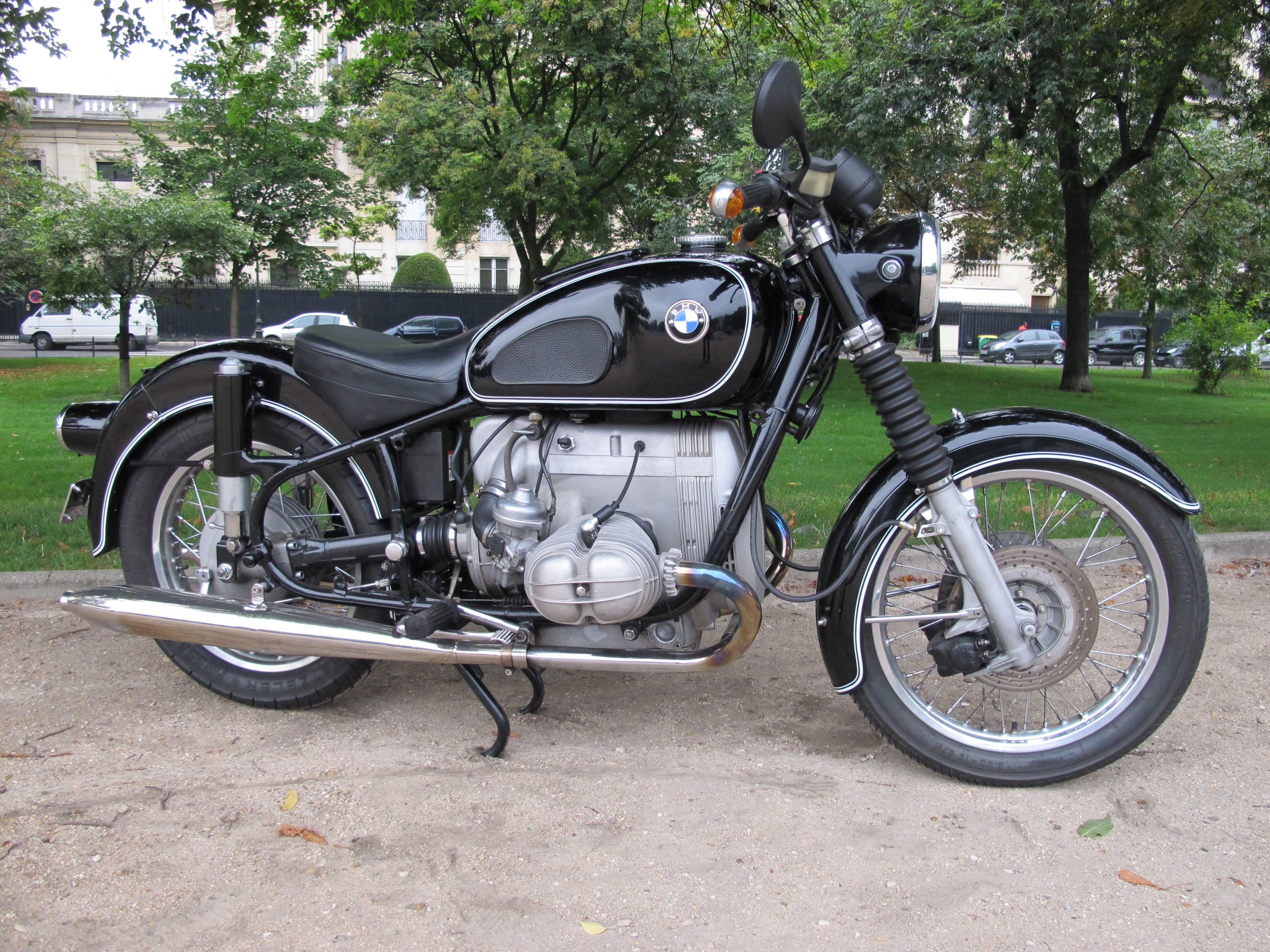
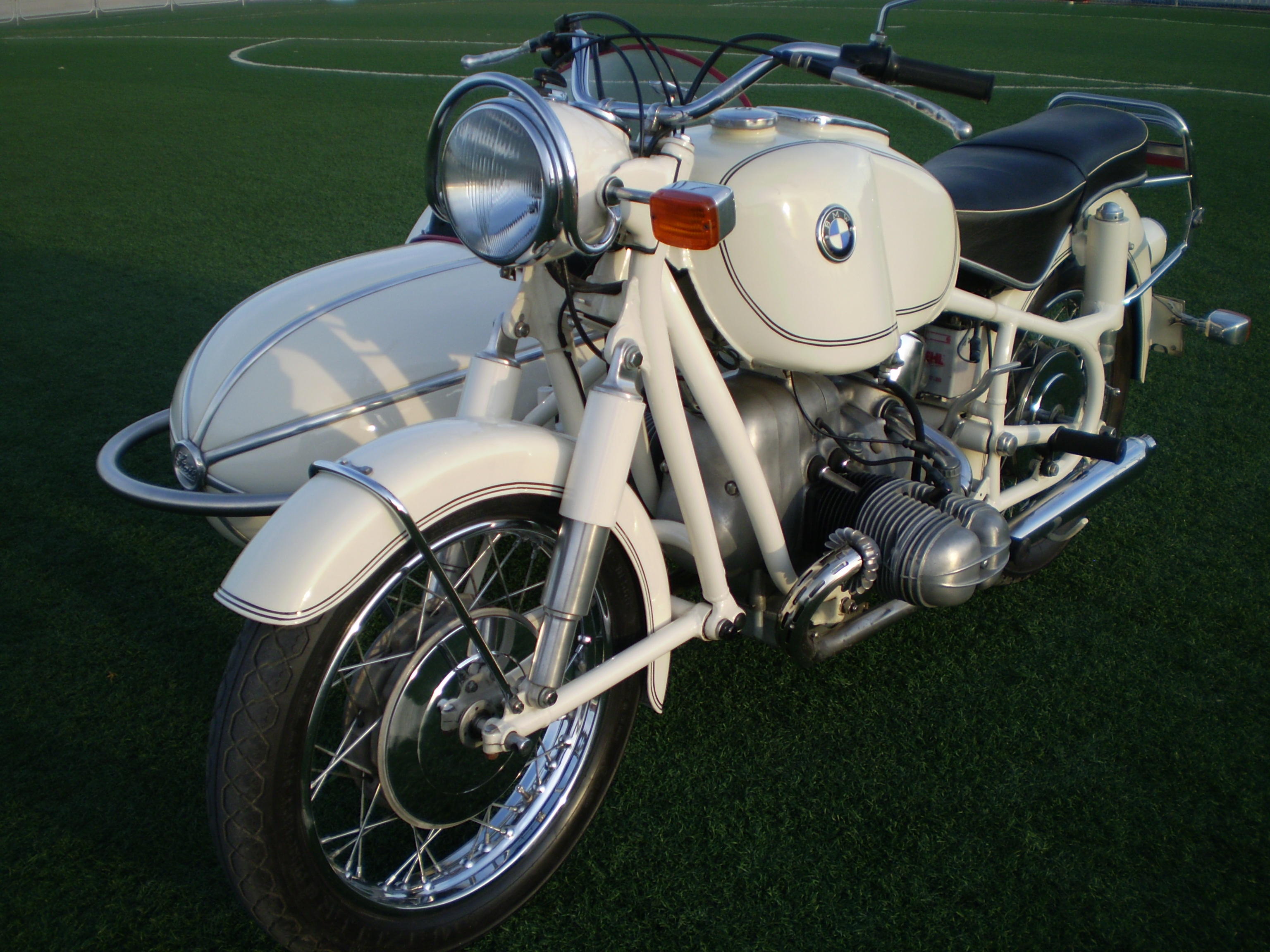
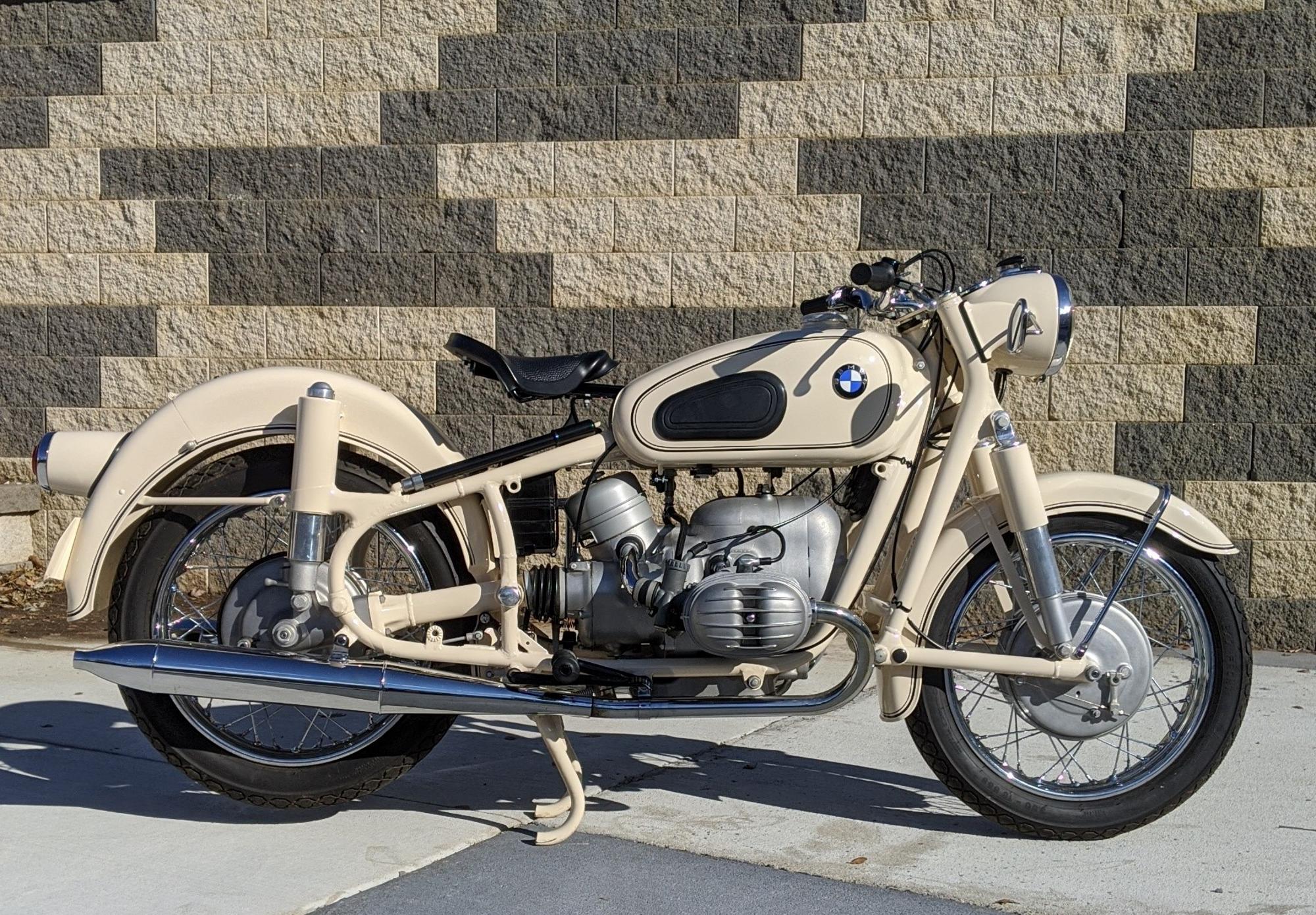


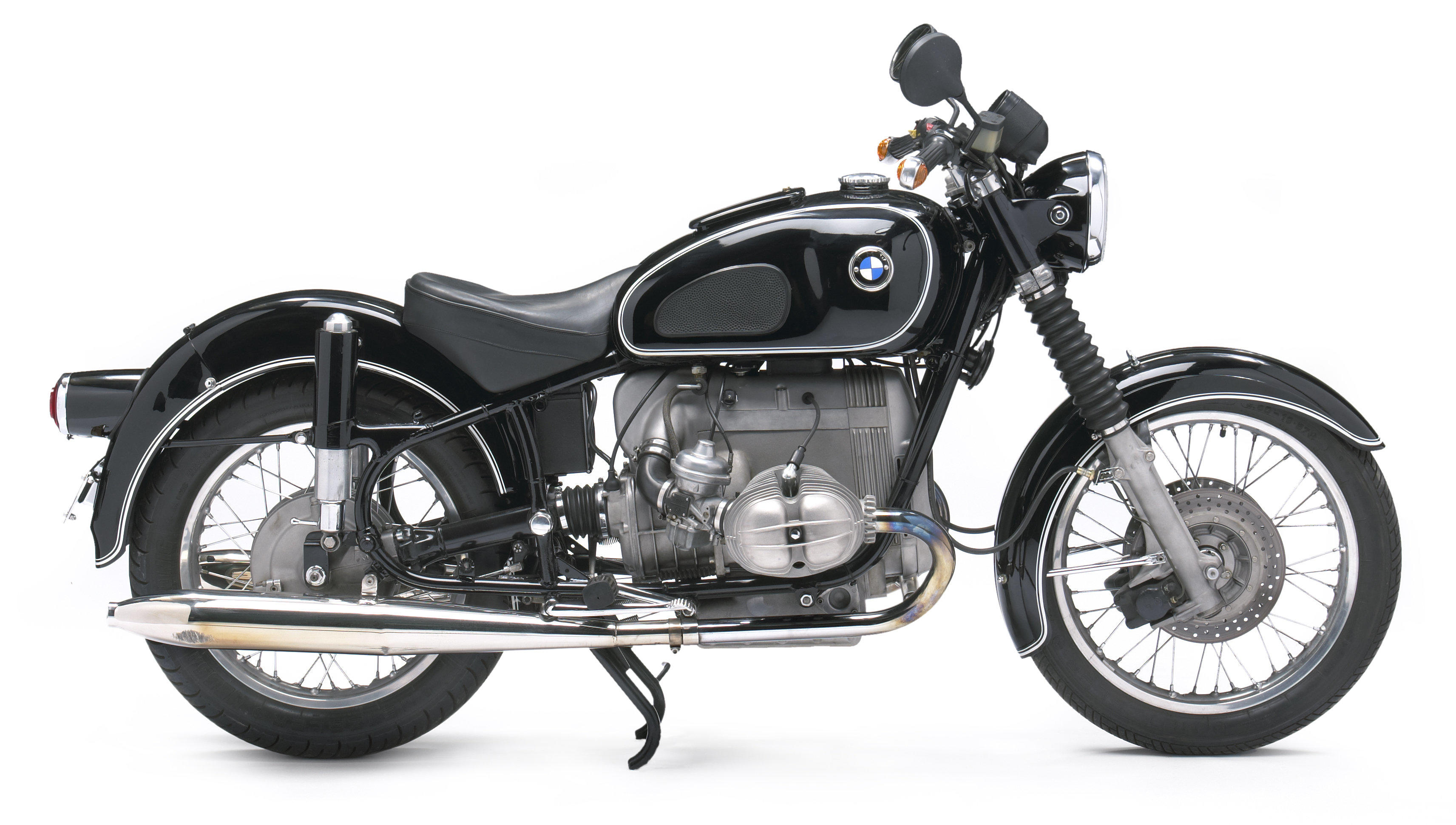
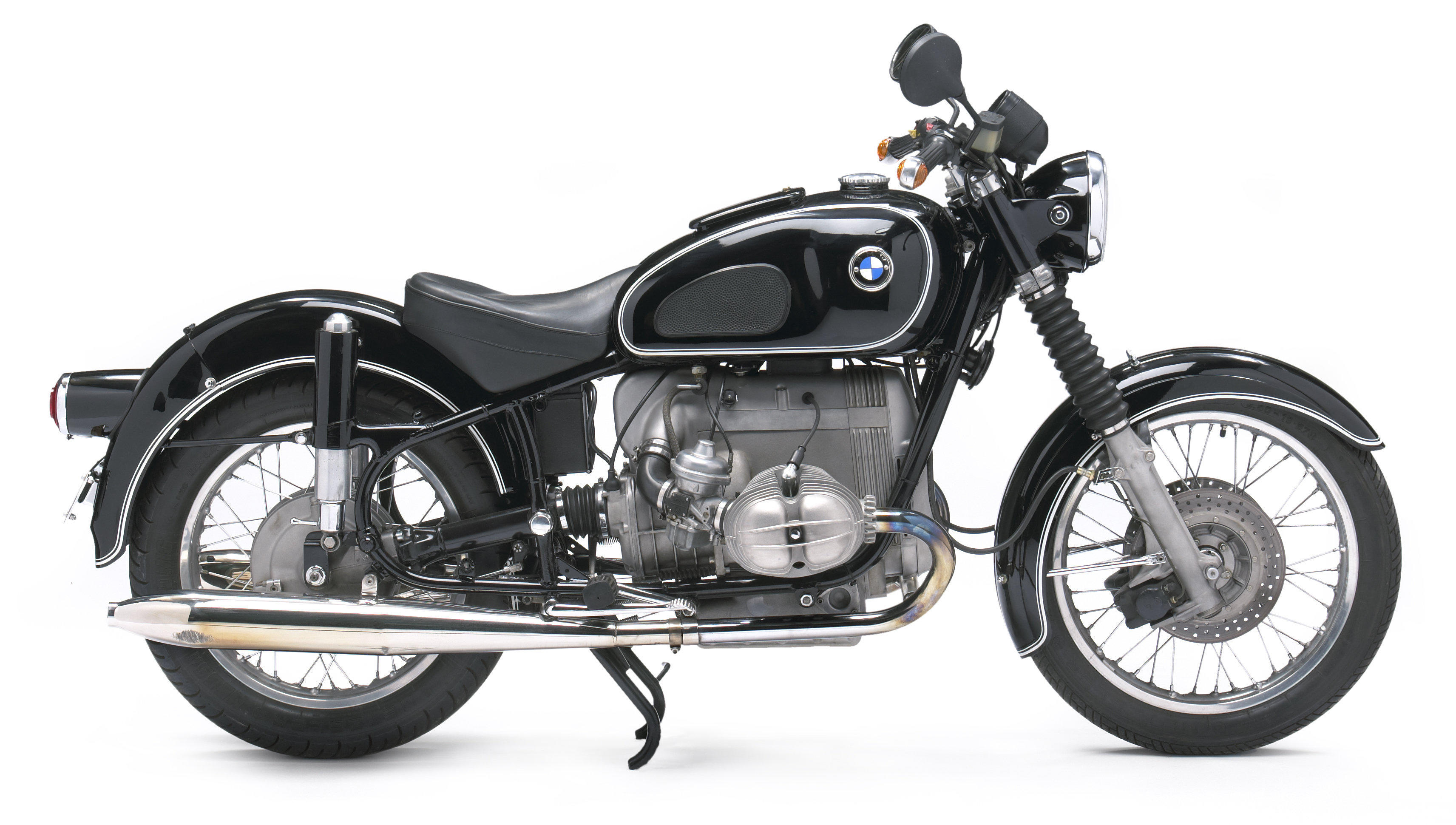
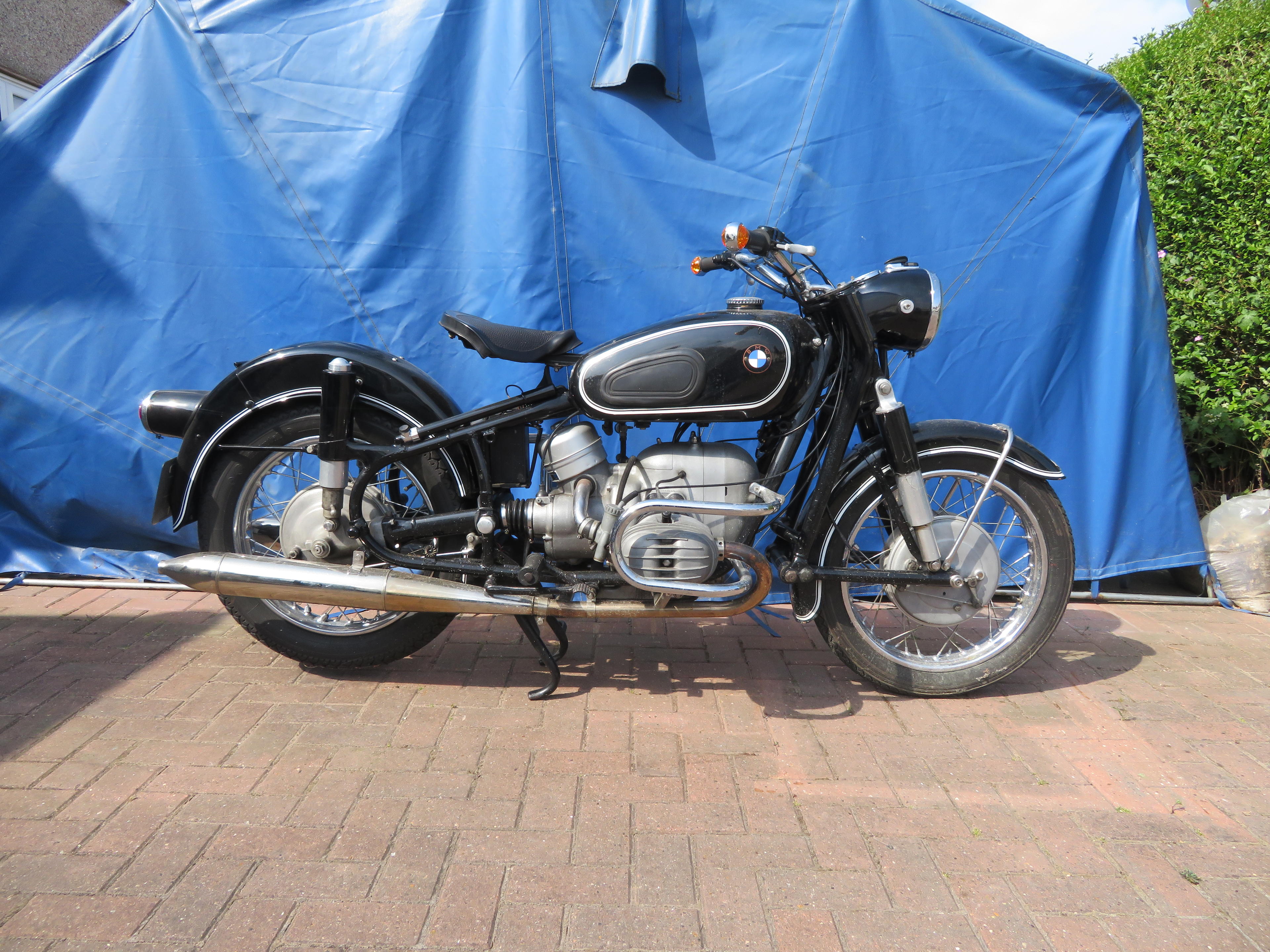
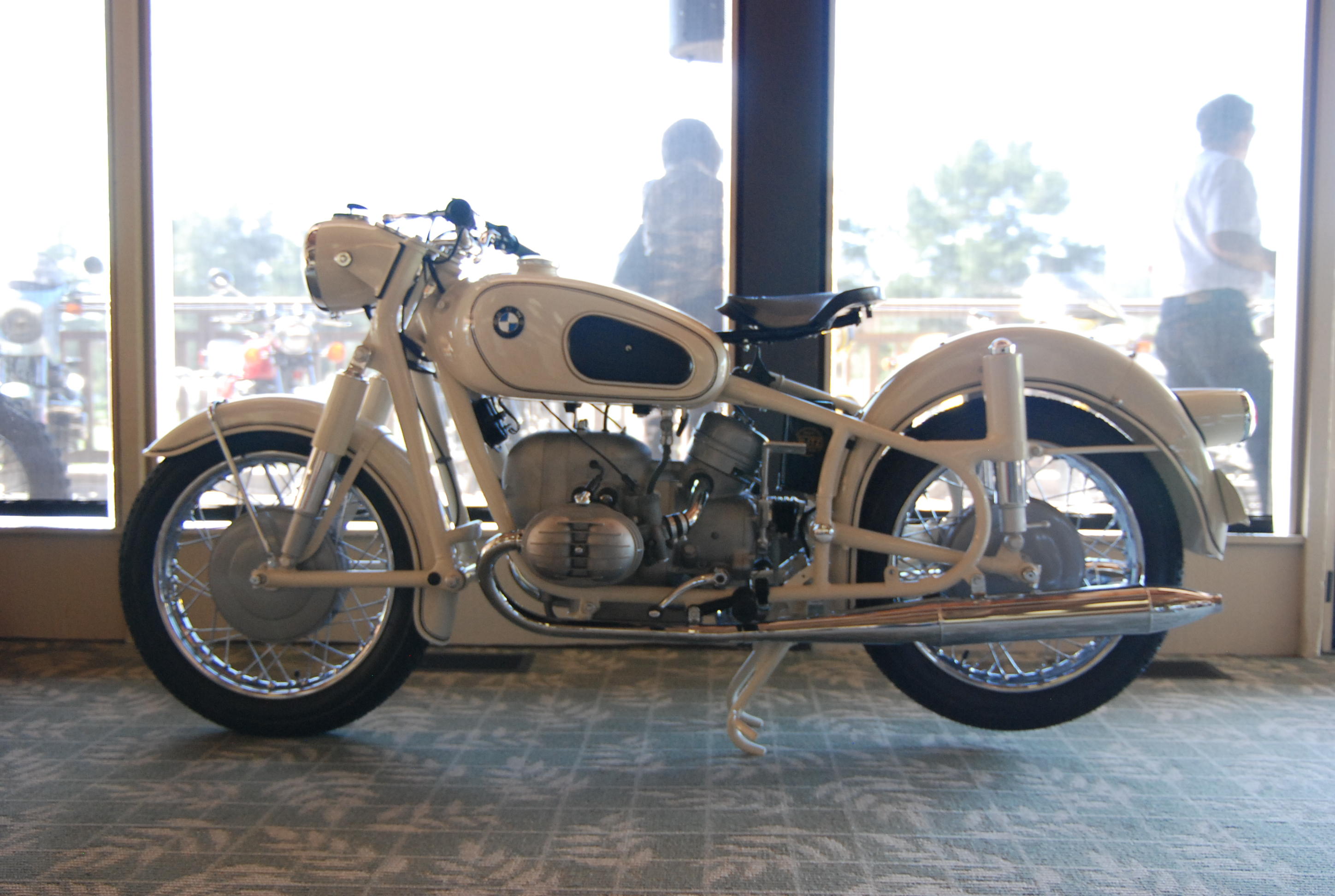

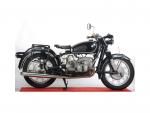
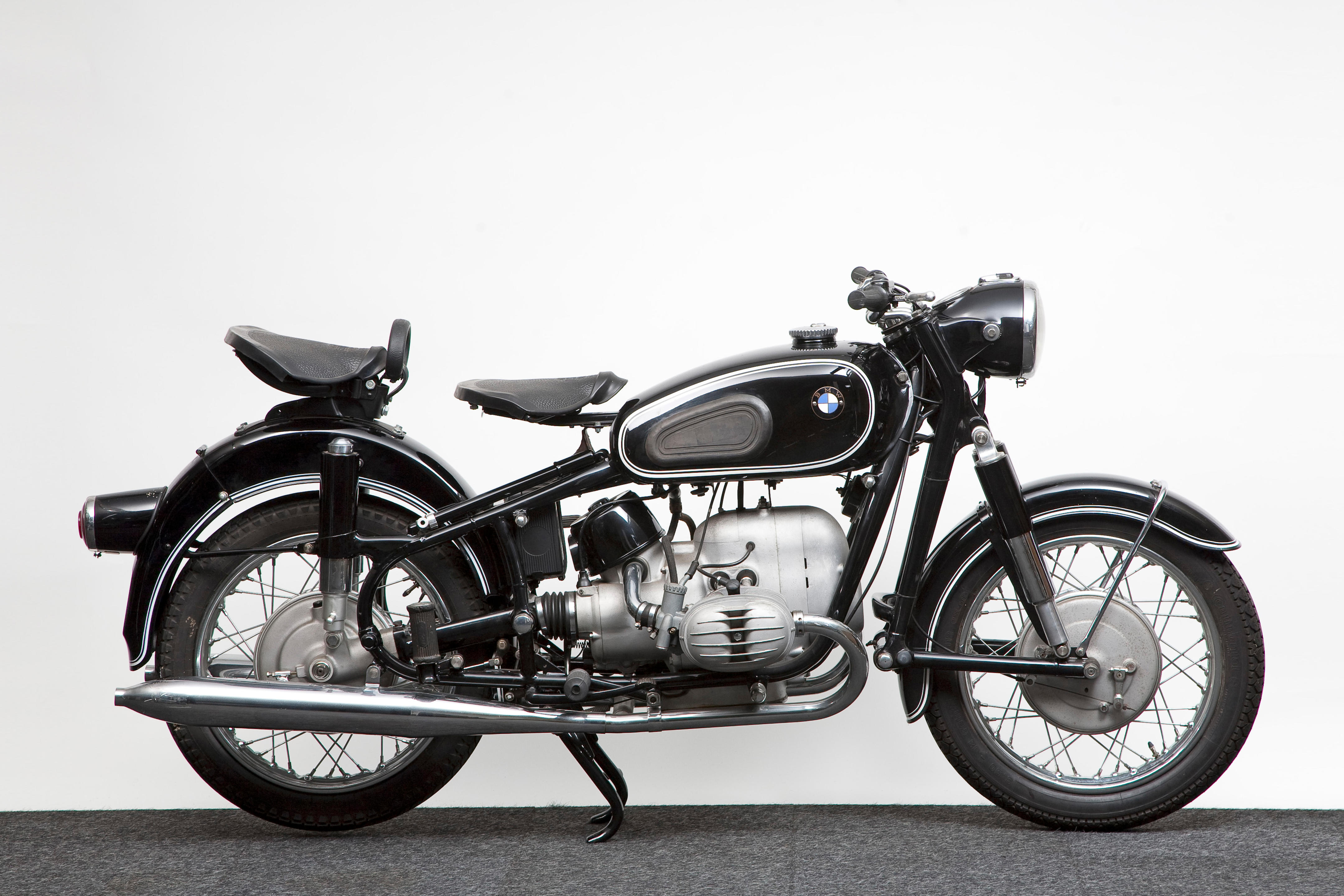
Try LotSearch and its premium features for 7 days - without any costs!
Be notified automatically about new items in upcoming auctions.
Create an alert